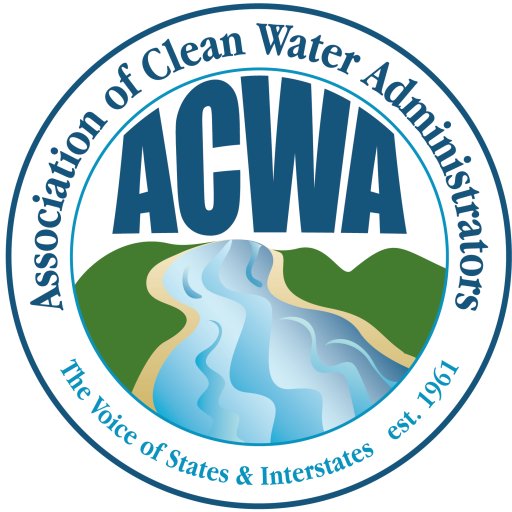ACWA’s Annual Report for FY21.
Documents
2021 Annual Meeting Agenda
Associations Letter on National Emerging Contaminant Research Initiative (NECRI)
Joint comments to the National Institute of Environmental Health Sciences on the nascent National CEC Research Initiative (NECRI).
2019 National NPDES Permit Writers Workshop – Presentations
2019 National NPDES Permit Writers Workshop – Presentations
2020 National Stormwater Roundtable – Presentations
2020 National Stormwater Roundtable – Presentations
FY 2022 Budget Chart
2021 National Pretreatment Virtual Event
2021 National Pretreatment Virtual Event – Presentations
PFAS Effluent Limitations Guidelines and Standards: Organic Chemicals, Plastics and Synthetic Fibers Point Source Category Rulemaking
Joint comments from state associations related to EPA’s rulemaking on PFAS industrial discharges under CWA.
2021 ACWA National Pretreatment Meeting Agenda
Final agenda for the 2021 National Pretreatment Virtual Co-regulator Meeting.
FY2022 Appropriations Testimony
This testimony was submitted to both the House and Senate Subcommittees for Interior, Environment, and Related Agencies on April 30, 2021.
FY2022 Streamgage Network Support Letters
ACWA joined a large coalition of groups in urging Congress to fully fund the USGS streamgage network. The coalition seeks $28.7 M for Streamgages, $33.0 M for Cooperative Matching Funds for Streamgage Network and $28.1 M for NGWOS and Data Delivery Modernization.
State Associations Letter Outlining Priorities for Infrastructure Plan
The Association of State Drinking Water Administrators (ASDWA), the Association of Clean Water Administrators (ACWA), the Environmental Council of the States (ECOS), the Council of Infrastructure Financing Authorities (CIFA), Western States Water Council (WSWC), which represent State agencies and programs, strongly support increased funding for drinking water, wastewater and stormwater infrastructure that protects public health and the environment. The letter urges Congress to significantly increase funding for water infrastructure, detailing policy priorities to maximize federal investments including flexibility on how and when states spend the money.

